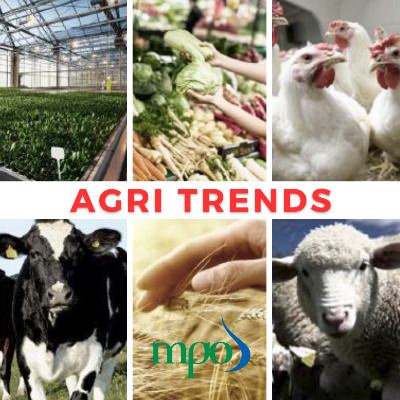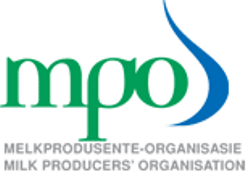
The impact of the credit downgrade on the agricultural sector
The expected increase in government debt to 61% of GDP by 2022 raises South Africa’s risk for a credit downgrade, which will impacting negatively on the cost of production inputs such as fertilizer, fuel and agricultural technology as a result of a depreciating Rand.
Agricultural producers in South Africa do not receive government support and are reliant on access to affordable precision technology, machinery and implements. As the budget speech impacted negatively on the Rand the cost of these technologies that ensure productivity and competitiveness on global markets are impacted negatively.
The Rand weakened during the MTBPS speech from R13.75 to R13.94 as business confidence deteriorates. As a net exporter of agricultural products, the South Africa agriculture sector is hedged against increased policy uncertainty. However, a weaker Rand may paradoxically improve the rate of maize exports and earnings from agricultural exports.
Highlights
Grains
- Producers indicated on the 26th October that they intent to plant compared to last year (in red brackets total production based on last year’s record yield – it is unlikely to repeat but it gives a quick perspective.)
- more hectares to yellow maize (8,2%) [7,41 million ton vs 6,85 million ton]
- less hectares to white maize (14,5%) [8,46 million ton vs 9 89 million ton] in total 6% less maize 2 470 400 ha vs 2 628 600 ha in 2017 [15,87 million ton vs 16,74 million ton].
- Maize planting intentions still indicate a great number of farmers planning to plant maize as their main/primary crop again in the new season.
Livestock & Fibre
- Domestically, livestock prices may gain support from increased uptake during month end.
- Grazing conditions already improved in some areas and as the summer progresses, it will have a strong re-growth that will enable farmers to rebuild their livestock herds.
- Feeding margins have improved on the back of lower maize prices this season.
- Ongoing import restrictions from the EU, (on the back of Avian influenza) remain a supporting factor for the poultry industry.
· As a result of the bird flu, consumers can expect some increases in prices of eggs in the coming months due to supply shortages caused by the continued culling of chickens. The cost impact could flow further to producers of goods that use eggs as ingredients and ultimately to the consumer. Poultry prices may follow an upward trend based on seasonal trends and as the impact of bird flu may start to influence production.
Download Attachment
Published on Friday, 27th October 2017 - 12:28
Recent Posts
disclaimer









